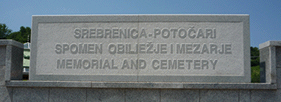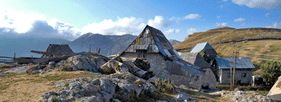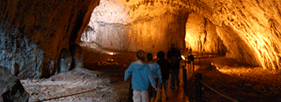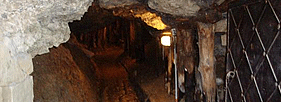The Cathedral of Jesus’ Sacred Heart
The Cathedral of Jesus’ Sacred Heart was built in 1889 in the Neo-Gothic style and is the seat of the Archdiocese of Vrhbosna.
Josip Vancaš, a Hungarian architect, took his inspiration for the design of Sarajevo’s cathedral from the Notre Dame Cathedral in Dijon, France and St. Teyn Cathedral in Prague. Thanks to Vancaš’ great talent, Sarajevo’s cathedral ended up becoming an entirely new and authentic building, and also fits in beautifully with its surroundings, with Gazi Husrev Bey’s Hamam (Turkish bath) in the background. The interior of the church is richly decorated and it was the famous Italian-German painter, Alexander Maximilian Seitz, who did the frescos.
The facade of the cathedral are two 43.2 meter high bell tower, square-section. Within them are the bells and to the west a bell weighing 2.5 tons, and in the eastern five smaller bells. Length of the cathedral is 41.9 m and 21.3 m. Above the main entrance stands out onions and richly decorated rosette with decorative glass stained glass, and within the lower part of the rosette there is a statue of the Sacred Heart. Above the main entrance there is a relief of the Holy Trinity.
The Cathedral of Jesus’ Sacred Heart also houses the tomb of Josip Stadler, who served as Archbishop of the Archdiocese of Vrhbosna at the beginning of the 20th century and initiated the cathedral’s construction. There is also a statue in front in honor of Pope John Paul II, who visited Sarajevo in 1997, soon after the war had ended, to send a message of peace and tolerance from BiH’s capital city.
It is interesting that the coat of arms of Sarajevo Canton is the motive with rosettes above the main entrance, in combination with knocker doors of Svrzo''''s house.




















